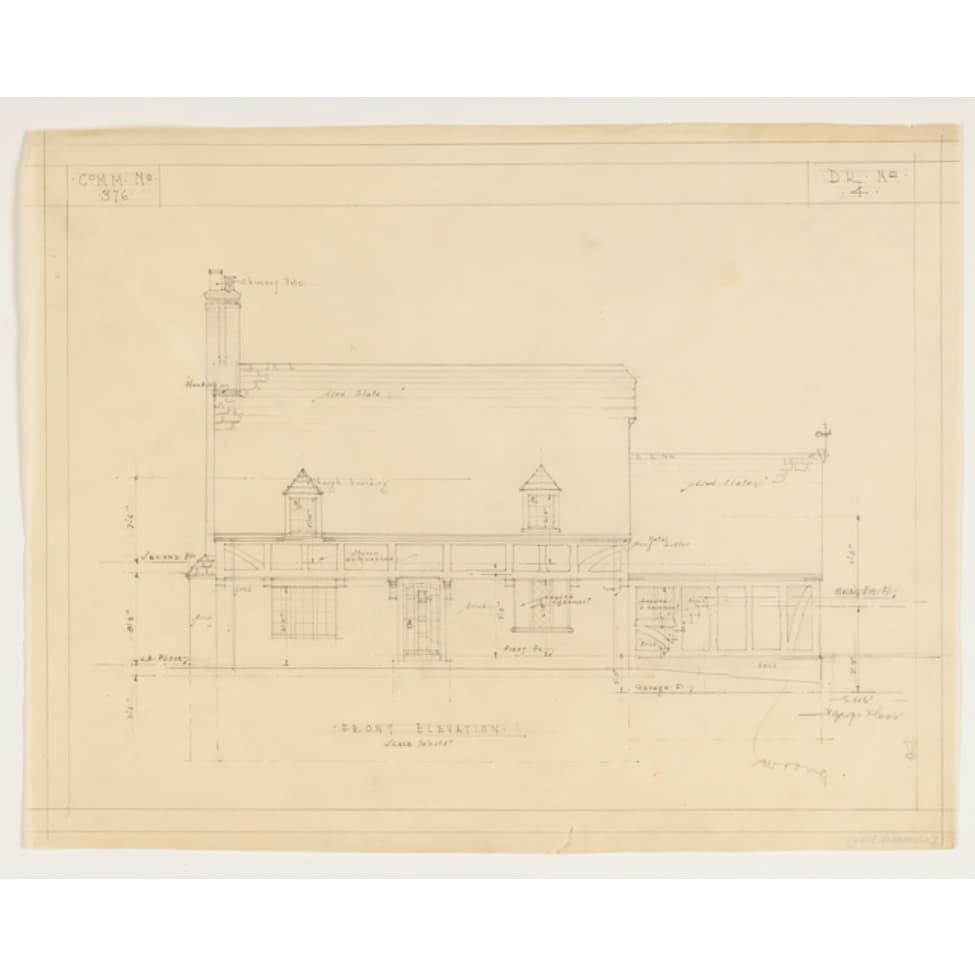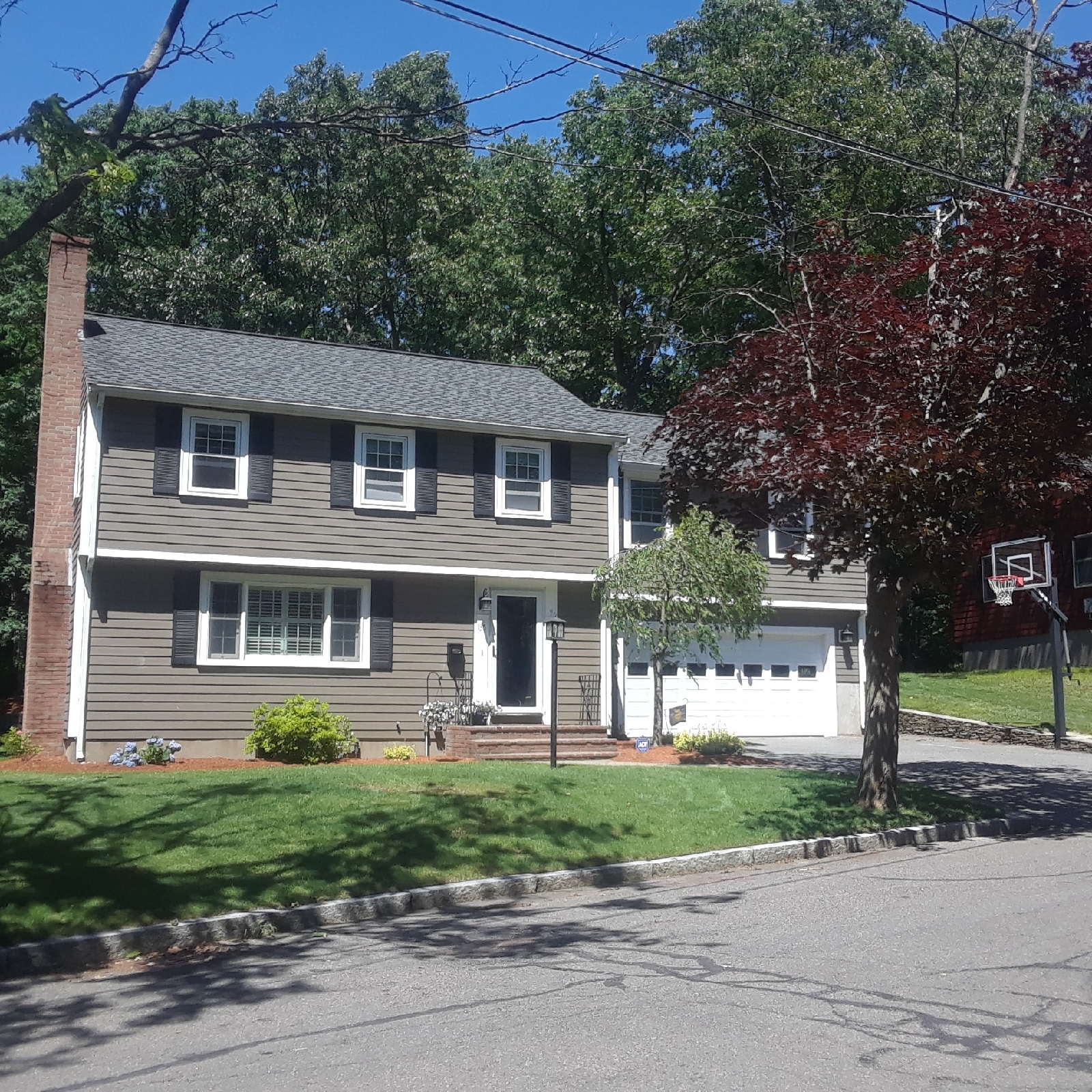Tuesday, June 29, 2021
The hottest day in Melrose
Monday, June 28, 2021
America’s Most Typical Boy-Dog Pair
Friday, June 25, 2021
Towers Plaza
Tuesday, June 22, 2021
Ashton L. Carr
Melrose Spotlight: the Tudor Revival style
Saturday, June 19, 2021
Maj. Wesley Furlong
Thursday, June 17, 2021
Focus on Melrose: Hasselbrack & Tasker
Melrose Spotlight: Boston Rock Road
Thursday, June 10, 2021
Bowden Park
A follower wrote to us with the following query: “We stopped at Bowden Park this morning, and my daughter asked, reasonably I thought, why the park has the one name and the train station the other (Cedar Park).” This is indeed a reasonable question, and here is your answer.
When the station now called Melrose Cedar Park was opened in 1850, it was called Melrose Depot. Later it was simply called “Melrose.” In 1978, the MBTA renamed it to distinguish it from the other two Melrose stations.
“Cedar Park” does not refer to an actual park. It refers to an early suburban development called Cedar Park that was laid out in 1851 and comprises the streets of North and South Cedar Park. Sometime in the 20th century, city planners began to refer to the entire surrounding neighborhood as Cedar Park, which led to the MBTA taking the name.
The parcel that is today Bowden Park was purchased in 1854 by Daniel W. Gooch, whose house was perched on the hill overlooking the land. The Gooch family owned the plot for the next 66 years, and even though it was perfectly sited for residential or industrial use, they never developed it. The reason was probably quite simple: they looked out at this land from their front window, and they did not want their view spoiled. Gooch was also a congressman, and would use the land as overflow space for large political gatherings.
In 1920 the Gooch family was finally ready to sell, and at that moment their neighbor at 56 Vinton Street, Frederick P. Bowden, purchased it. Bowden was one of Melrose’s wealthiest citizens and most generous benefactors, having made a fortune from his family’s medical supply business. He paid for the land outright, and in January of 1921 gave it to Melrose with the stipulation that “no buildings shall ever be erected on said land and that it shall be kept open forever for the benefit of the people of Melrose.” The city began calling it Bowden Park. Bowden died in 1933.
A wall is now being built in the park, and we can only hope that it does not morph into a building, and thus fall afoul of Bowden’s deed restriction.






















































